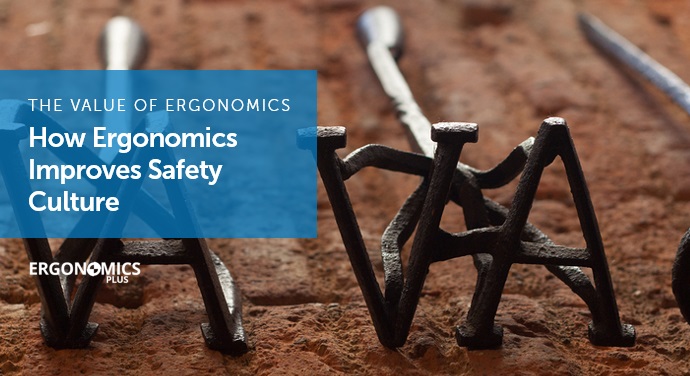Have a negative safety culture? It has a bigger impact than you think.
Safety culture is the collective attitudes, beliefs and perceptions of the people in your organization around safety. Culture drives behaviors and behaviors drive performance, for better or for worse.
The impact of a negative safety culture on your organization’s brand is pervasive, drowning out even the best intentions.
Tony Hsieh, CEO of Zappos, is known for saying, “We believe that our company’s culture and our company’s brand are two sides of the same coin. The brand may lag the culture at first, but it will eventually catch up.”
In other words, he’s saying company culture and the entire company’s brand are the same in the long run.
A negative safety culture can eventually become an anchor that slows down the entire ship. This often happens when the frantic need for more production trumps everything, including the health and safety of people.
That’s short-term thinking, though, and it will eventually sink you.
It’s wiser to play the long game. Cling to the virtue of protecting the well-being of people and flee the vice of short term production at the cost of your culture – and eventually your entire brand.
How ergonomics shapes safety culture
Your safety culture isn’t something you can buy. It isn’t made. It’s shaped – day by day, decision by decision, action by action. It’s your job – and everyone’s job – to shape your organization’s culture with the careful attention to detail of a master craftsman.
In our capacity as ergonomics and injury prevention consultants, we’ve seen organizations big and small dramatically swing their safety culture in the right direction by proactively integrating ergonomics into their day-to-day operations.
Here are a few of the reasons we believe ergonomics can do the same for you.
1. Ergonomics makes work easier for people
Ergonomics matches the capabilities of people with their work environment. The result is less stressful work on the person’s body and mind, making the work more enjoyable and productive. Ultimately this makes work more satisfying, boosting the employee’s belief, attitude, and perception of the safety of the job and organization they work for.
2. Ergonomics engages people
Employees are the true ergonomics experts. They know their job better than anyone and they can often deliver deep insight into the ergonomics improvement process. Bringing them into the team to contribute is very satisfying for them, and they’re much more likely to adopt changes if they were included from the beginning.
By including them, you’re actively saying: we’re trying to make your job better and easier for you. We’re here to help. We mean what we say. Your health and safety is important to us. You are important to us.
3. Ergonomics creates common goals
Ergonomics impacts health and safety outcomes as well as productivity and quality goals. Everyone wins by advancing both of these goals at the same time. This builds trust and nurtures a critical partnership between shop floor employees and management.
4. Ergonomics generates momentum
Word spreads quickly on the shop floor. Generating quick wins will go a long way to get the communication flowing, which builds positive momentum and can garner the support you need to put more wins on the board.
5. Ergonomics produces tangible results
Ergonomics produces tangible results, and results earn respect. A safety slogan is good, but ergonomics improvements are better. A little less talk and a lot more action as Toby Keith would say. Action is the path to a better culture.
The art and science of work
Ergonomics is an art and a science. As practitioners and consultants, we get excited because we see where our clients are headed and how it impacts the health, safety, and success of the people in their organizations.
If you’re reading this, thanks for being a part of it.
Get more ergonomics and MSD prevention tools and training
Register for a free Prevention Pro account for immediate access to a library of ergonomics and MSD prevention tools and training, the latest Ergonomics Plus content, and discounts on training courses.
